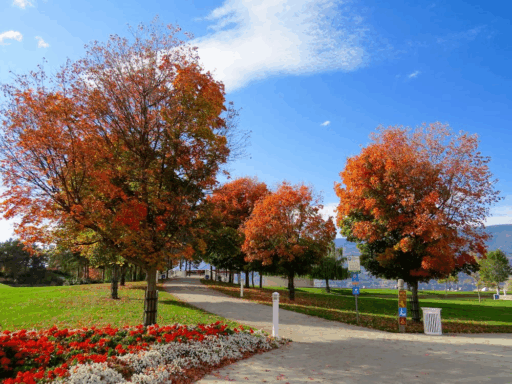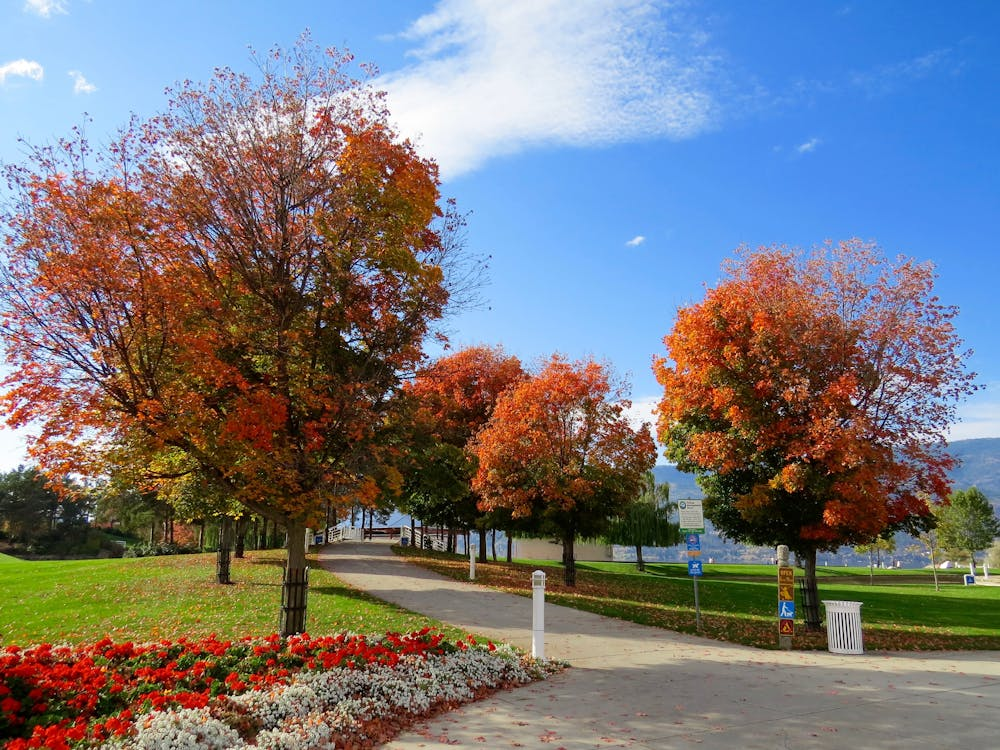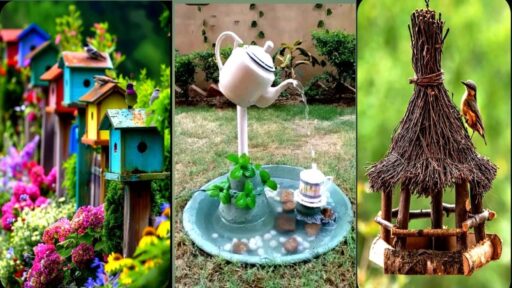Even a well-established garden can become overgrown in a very short time, particularly when the garden has been unused for a couple of seasons. An overgrown landscape does not necessarily mean a lost cause, whether it was caused by changing priorities or just the natural life cycle of plants.
Through careful consideration and strategic moves, you can revive your outdoor area without having to tear everything down and start anew. These are the four main steps that can help you refresh your landscape successfully.
The Strategic Assessment: Planning Your Rejuvenation Campaign
Take time to assess the area before any cutting is done. This critical step in advance prevents impulsive decisions and ensures that all actions contribute to the garden’s ultimate success. Start by assessing problem areas; find out which plants are overgrown, which ones are sickly, and where growth has become aggressive and is preventing the passage of sunlight or airflow. Seek useful elements to keep; perhaps mature shrubs, unique trees, or tough perennials.
Mark off areas of dense shade, poor drainage, or dense soil. Define your vision and decide if you want more space or simpler paths. Or maybe you want a specific color scheme or improved functionality. Understanding the current condition and your vision enables you to make informed choices about what to keep, what to reduce, and what to remove due to illness, invasiveness, or an ill-advised location. This assessment provides a foundation for an efficient and focused change.
Selective Pruning and Renovation Cutting: Reshaping the Framework
Shrubs typically form the structure of an overgrown garden. Disciplined pruning is your strongest ally in restoring framework and vigor. The goal is not simply to cut back, but to enhance health, form, and forthcoming growth. For overly large deciduous shrubs, renewal pruning may be advisable. Cut one-third of the oldest stems back to the base annually for three consecutive years. This promotes new growth while retaining some of the remaining form.
For other shrubs, gently trim their height and width by cutting back to a healthy side branch. Evergreens do best with light pruning to reduce crowded branches. This allows air and sunlight to reach the interior. Remove dead, diseased, twisted branches from trees to maintain their health.
This careful trimming opens up the space, uncovering hidden features. It lets sunlight reach the lower plants. It also creates the ideal conditions for underplanting and renewed vigor. If full-scale or labor-intensive rejuvenation pruning is required, employing experienced landscaping services Atlanta ensures it is performed correctly, preserving precious plants and paving the way for future health, as their vast understanding of plant physiology is fundamental to successful renewal.
Bed Rehabilitation and Soil Revitalization: Taking Care of the Fundamental

Years of neglect tend to pack down, drain, and starve garden soil of life. Reviving the plants begins with restoring the soil beneath them. Once the area is cleared of the overgrowth and opened up, work on the soil quality. Begin by uprooting invasive weeds, including roots. Compacted areas should be loosened lightly with garden fork, but deep cultivation should be avoided as it may destroy the soil structure and cause dormant weed seeds to be exposed to light, where they will germinate.
To improve the soil, spread compost, old manure, or leaf mold over the planting beds. Mix it in lightly or leave it as mulch, allowing microbes to break it down and help plants grow. Do a soil test to determine if there is a nutrient deficiency or an imbalanced pH level. Depending on the outcomes, include relevant amendments to regain equilibrium. This process restores fertility and gives existing plants a fresh start. It also prepares the bed for new additions. Soil tests may also reveal the Cation-Exchange Capacity (CEC), which indicates the soil’s ability to hold and exchange essential nutrients.
Reintegration and Strategic Planning: Filling Gaps with Purpose
Now that the structure is redesigned and the earth has been replenished, it is time to intentionally reintroduce plants. Begin by nurturing the current “keepers.” Fertilize according to their requirements and the results of the soil test, and water them regularly as they heal and acclimate themselves to more light.
Do not be tempted to re-plant immediately. Rather, deliberately fill gaps and choose plants that fulfill your aesthetic goals and functional needs. Replant in clusters according to light and water needs. Place taller plants towards the back or inside, medium-sized plants in the middle to fill in, and low-growing plants along the edges.
Mulch all of the plants with a deep layer of materials such as shredded bark or arborist chips. Remember to keep it away from stems and trunks. It holds water, weeds down, moderates soil temperature, and adds ongoing fertility to the soil as it breaks down. Fine-tune the reworked structure with deliberate plant selection to create a seamless and more manageable landscape.
Endnote
The process of restoring a lost landscape is very satisfying. This is not about forgetting the past; it is about revealing and realizing the potential that was originally in the garden. You turn disorder into order by systematically evaluating the space, selectively pruning, renewing the soil, and carefully reinstating planting. This way, the garden’s maturity is maintained, but a new energy is added to it, and a complete reset is hardly ever needed.








